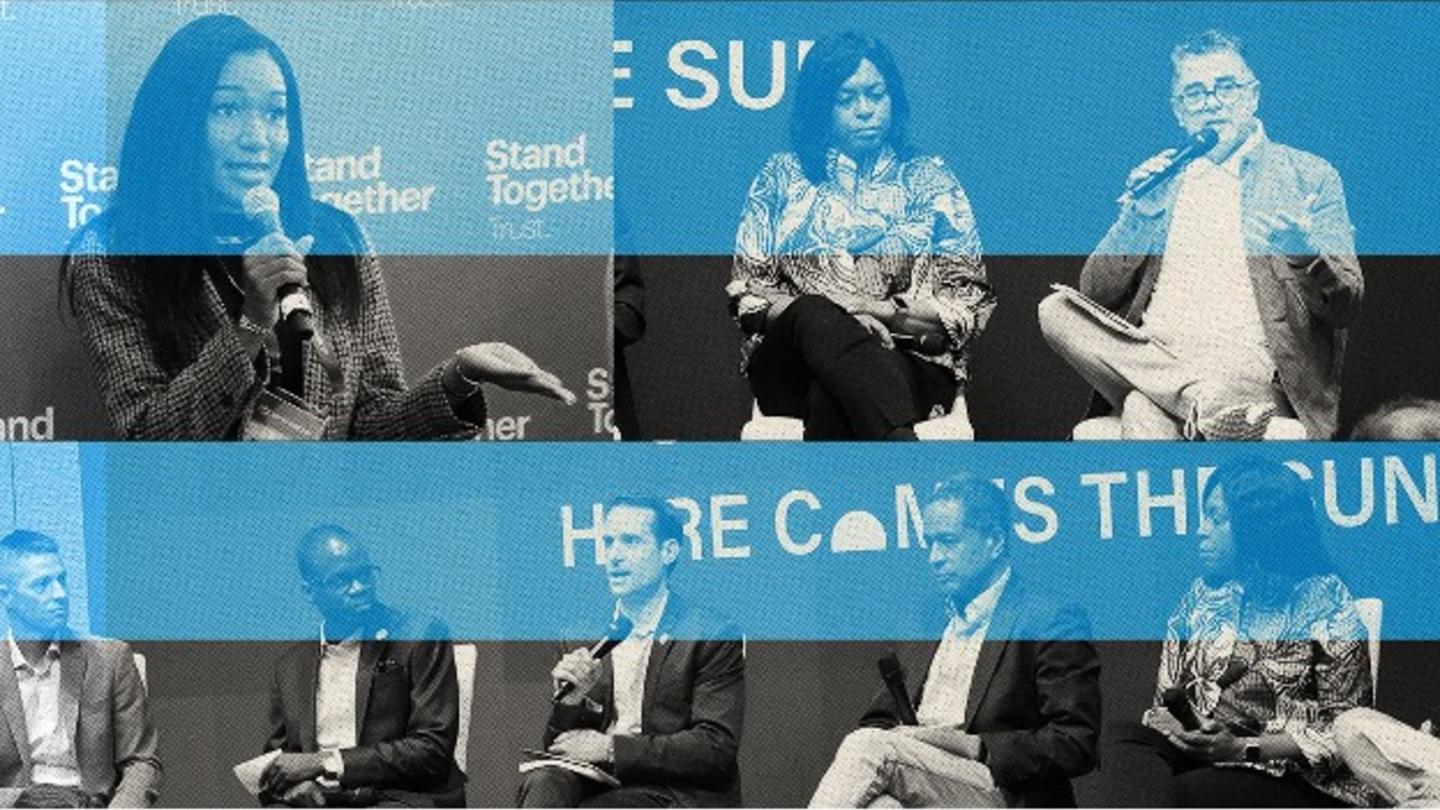The American workforce needs to upskill.
Why is this happening? Part of the problem is there is a mismatch between the capabilities employers are looking for and the ones job seekers have. Regrettably, traditional education pathways often don’t do a good job equipping students with the abilities they need to enter the labor market.
Thankfully, educational options are bridging the gap by teaching employees the skills and competencies industry needs, which empowers them to enter the labor market and find jobs that help them find their purpose. These alternative credentials offer another way for people to demonstrate their aptitudes and contribute to something bigger than themselves.
Among the nontraditional alternatives growing in popularity: credentials that demonstrate people’s unique talents.
A flourishing solution to bridge the gap between education and employment
Alternative credentials are certificates, apprenticeships, or programs that demonstrate people have mastered specific knowledge, skills, or abilities. They might include an apprenticeship to become a K-12 school teacher, a course that trains you to be a truck driver, or a program teaching you the skills tech companies want. They are verifiable and designed to meet the specific needs of industry hiring managers.
The concept is as simple as it is transformational. Alternative credentials open doors for thousands of workers who might have the drive to work but struggle to find a job because they don’t have a traditional college degree or the opportunities to learn skills employers need.
Are we entering the age of alternative credentials?
The answer is a clear yes given their explosive growth in recent years and the expectation more and more American workers will need new talents to thrive in a changing job environment.
The number of available alternative credentials programs has surged, nearly tripling from 334,114 in 2018 to a staggering 967,734 in 2020, according to a recent report from the Society of Human Resources Management (SHRM) Foundation.
This is good news for the economy. Labor economists estimate that by 2025, nearly two-thirds of U.S residents will need to get some type of degree, certificate or credential to meet the demands of a specialized labor market.
Hirers and job seekers thrive with alternative credentials
Not only is the supply of educational programs exploding, so is alternative credentials’ popularity with both employers and workers.
The SHRM Foundation found 72% of workers think alternative credentials are an affordable way to gain skills or experience they need to enter a new job. Employers are also growing fond of these credentials. A resounding 87% of executives, 81% of supervisors, and 90% of professionals believe that alternative credentials bring significant value to the workplace.
These figures are more than just ink in a report, they are backed up by real, on-the-ground programs benefiting a whole generation of employers and workers.
SHRM certifications in the HR field have helped hundreds of thousands of employees learn the knowledge and skills needed to become human resources practitioners. Professionals who have gained their certification from SHRM report a 14% to 15% increase in their salaries than those who don’t.
A program from the Project Management Institute has graduated more than one million learners from many industries, giving them the project management abilities they need to advance their careers.
Educational alternatives are also an important tool for workers who have been historically excluded from the workplace (such as older workers, people without a college degree, veterans, and formerly incarcerated people) giving them an opportunity to discover and develop their unique aptitudes and allow them to apply these through meaningful work.
Sign up for Stand Together's Rethinking Work & Learning newsletter to get the latest stories, ideas, and trends on the future of employment.
Dispelling misconceptions of alternative credentials
While alternative credentials are on the rise, there are misconceptions that prevent employers and learners from fully leveraging their power. Here are some of the most common misconceptions about alternative credentials, according to the SHRM Foundation report:
Claim: “They are just a substitute to a traditional program.”
That’s not accurate. The credentials signal someone has achieved mastery of something and they could either substitute or improve an existing credential.
Claim: “Sure they are fine, but in reality they have less value than traditional degrees.”
Nothing further from the truth. Alternative credentials respond to industry needs and can be more aligned to what employers are looking for when trying to fill a job opening.
Claim: “They are just a flash in the pan.”
Every year, the labor market becomes more competitive and specialized. Helping the workforce develop the aptitudes, skills, and mindset that are in demand will be critical to a healthy economy.
Claim: “I don’t need them if I want to hire top talent.”
We are in a sellers’ market right now. Hiring new talent and retaining existing talent is top of mind for HR and hiring managers. If an employer decides to ignore alternative credentials as part of the new credential landscape, it will be less competitive than one who does.
Claim: “There are a lot of credentials. There’s no way an employer can vet them all.’
While there are a lot of credential programs (at least 967,734 to be exact) there are many tools that allow employers to evaluate credentials and see if they are a good fit for their company.
How alternative credentials fit into the future of hiring and upskilling
The rapid rise of alternative credentials poses challenges for employers trying to integrate them into their hiring practices, according to the SHRM report.
Some employers still value traditional credentials more than non-traditional ones. Others have automated applicant tracking systems that do not recognize alternatives. At some employers, there may be a disconnect within the organization on the value of new ways of validating people’s ability to contribute.
These barriers are not insurmountable. Employers can overcome them by aligning their organization to give alternative pathways the value they need, change their automated systems so they can recognize new credentials, and educate HR professionals to include these as part of their hiring strategies.
New technologies are transforming the way businesses work throughout the world. To harness the opportunities these changes bring, employers need to find new ways of helping workers develop the aptitudes, skills, and mindset that the market demands, since the traditional way is simply not enough.
Sign up for Stand Together’s Rethinking Work & Learning newsletter to get the latest stories, ideas, and trends on the future of employment.
The Society of Human Resources Management is supported by the Charles Koch Foundation, which as part of the Stand Together community funds cutting-edge research and helps expand postsecondary educational options.
Learn more about Stand Together’s postsecondary education efforts, and explore ways you can partner with us.

Some people believe a fulfilling job is out of their reach. It’s not true.

We need a system of lifelong learning that aligns with the needs of both students and employers.

Three simple changes would build a system where people and businesses reach their full potential.

Apprenticeships aren’t just for the trades. Innovators are expanding this proven talent-sourcing method.
